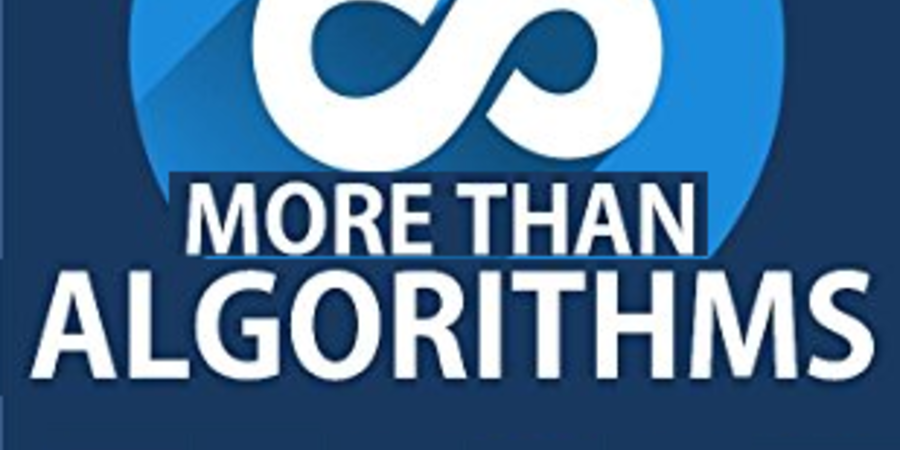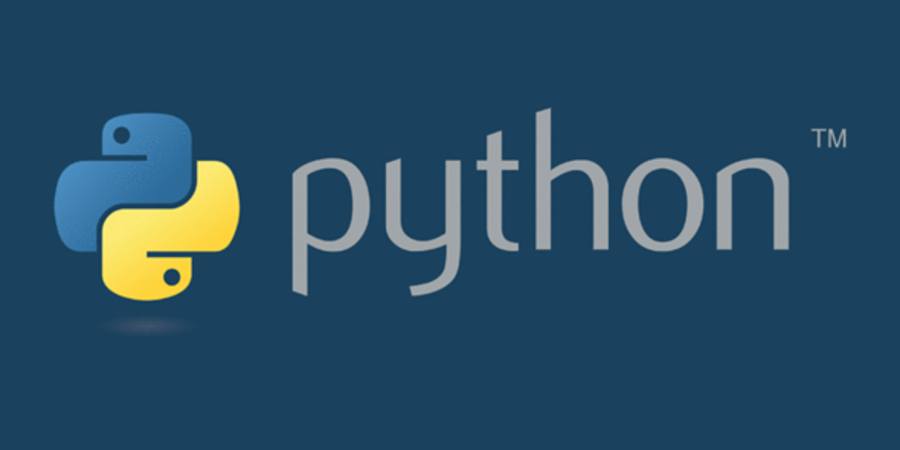Data scientists are clever, they often come armed with PhDs, and these days, while data sits in the cloud, they often command salaries that reside above the clouds. Will it always be like that? What about the future of data scientists? Demand for data scientists going one way and that is up, but in parallel with this, increasingly more tasks, previously seen as the preserve of data scientists, may be carried out by others, or indeed, automated.













